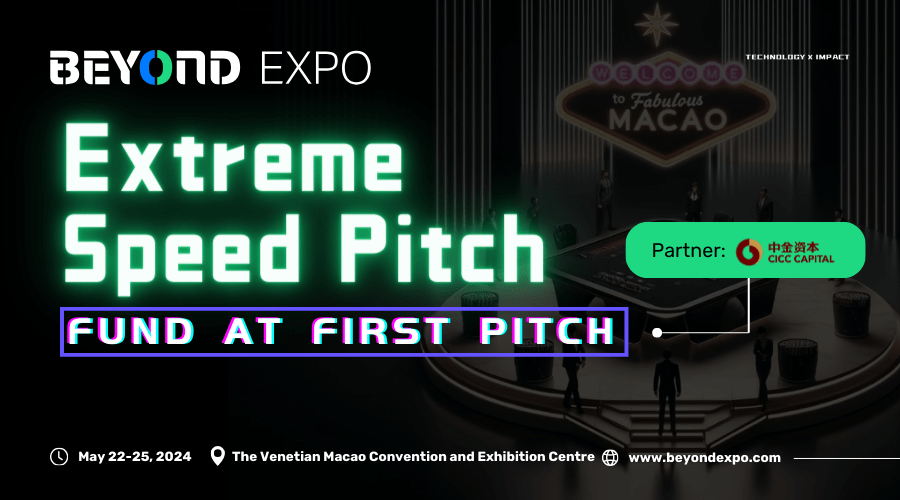BeLaunch 2014 kicks off this Wednesday in Dongdaemun, but It’s a fair bet that some of the contenders in this year’s startup battle are still perfecting their presentations. I did competitive pitches for almost 10 years in the PR industry and now I’m telling the world about my current company. From this experience, I’ve found some clear attributes that winning pitches have. Here’s the list:
1. Tell a Great Story
Your slides are not your presentation. Your demo is not your presentation. Your story is your presentation. Your story should follow a clear path that engages your audience.
For instance, when I was presenting for Shakr in front of advertising executives in Silicon Valley, I didn’t just tell them about what we could do, I walked them through a scenario of how they could use our solution to reach a very specific set of potential car buyers with video ads.
2.) Make Sure your Product is Interesting and Relevant

You can have a technically excellent solution. Your solution may even solve a real problem. But if it isn’t interesting to your audience, they’re going to walk away. A few years ago I presented for Daumsoft at the Twitter Tea Time in Seoul. Our service collected and analyzed what people were saying about products, people, companies and events on blogs, Twitter and other social networks. It’s applications were (and are) as broad as they were powerful.
Rather than giving a boring technical explanation of how many posts we indexed and showing how to use individual features, I used interactive infographics to give an in-depth analysis of what people were saying online about Seoul’s mayoral candidates, a hyper-relevant topic to the audience. It was a huge hit.
3.) Always be Winning
Sure, people will root for the underdog, but they’ll bet on a clear winner. If you want someone to give you seed money, to invest time in your service or pay for your product, you need to give them proof that you’re a winner.
This comes in three major forms:
- First is social proof. Testimonials from other people they trust. Ask for testimonials and weave them into your story naturally or put them up on a slide. Media mentions can also be useful here.
- Second is narrative proof. The big success stories you tell. If you’re small and a startup, you might not have much in terms of revenue or even customers. If that’s the case, use your own service. Talk about the experience. Do something BIG for yourself.
- Finally is empirical proof. Facts and numbers to back up your claims. These should be naturally woven into your story, but they if the numbers are impressive, they can have slides all their own. Remember that technologies you’ve developed and that have intrinsic value are useful here, too.
4.) Don’t just Rehearse it. Own it.
You have to believe what you’re saying. You have to understand what you’re saying. You have to know your presentation well enough that if there’s an earthquake in the middle of your presentation you can continue on as soon as you stand back up.
Notice that I don’t recommend just memorizing your script. That’s not enough. Your movements, your cadence, your inflection, all have to be right. And if you just memorize, you won’t be able to roll with the technical glitches or outside distractions as they come.
As a member of the startup that took home top honors in last year’s startup battle, I’d like to wish all of this year’s competitors good luck. It’s truly inspiring to see such amazing companies being founded here in Korea.
Written by Erik Cornelius





